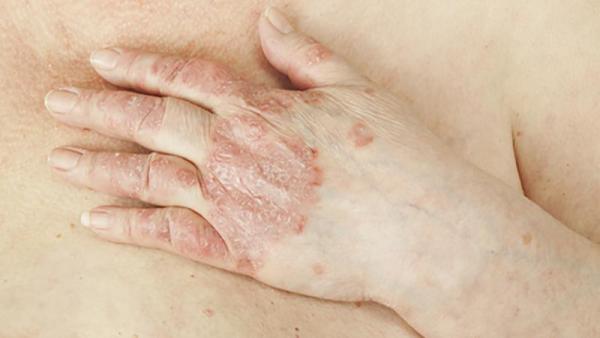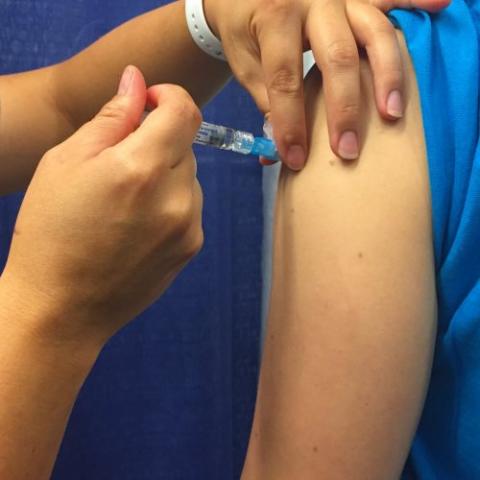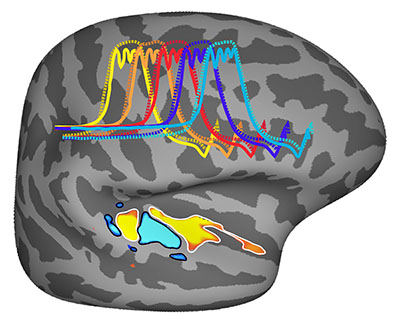Brooke Worthing

Brooke Worthing is a healthcare communications professional working with the NIH’s Intramural Research Program. Brooke partners with individuals at the IRP to promote the innovative work being done within the organization to both internal and external audiences. Brooke has experience in many areas of the healthcare industry including disease state awareness communications, product communications, corporate communications, and patient advocacy. She particularly enjoys learning and writing about breakthrough innovations with the potential to make a real difference in the lives of patients suffering with serious diseases. When she isn’t busy reading and writing about what’s new in the healthcare and science, Brooke enjoys listening to podcasts, trying new restaurants and traveling.
Posts By This Author
This page was last updated on Thursday, January 20, 2022







